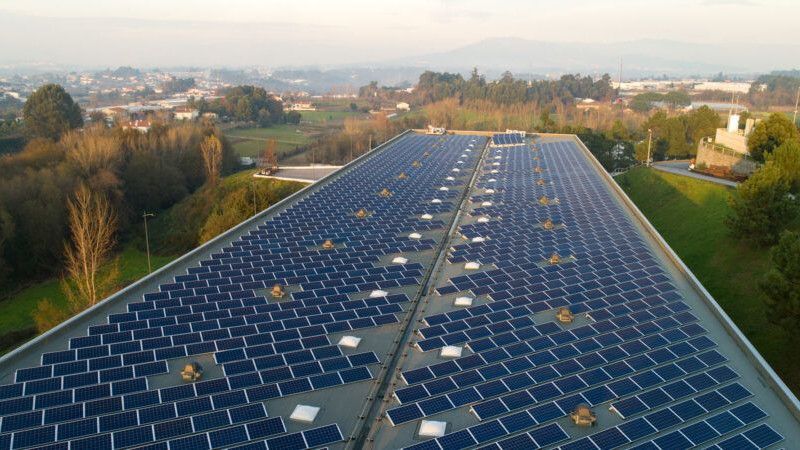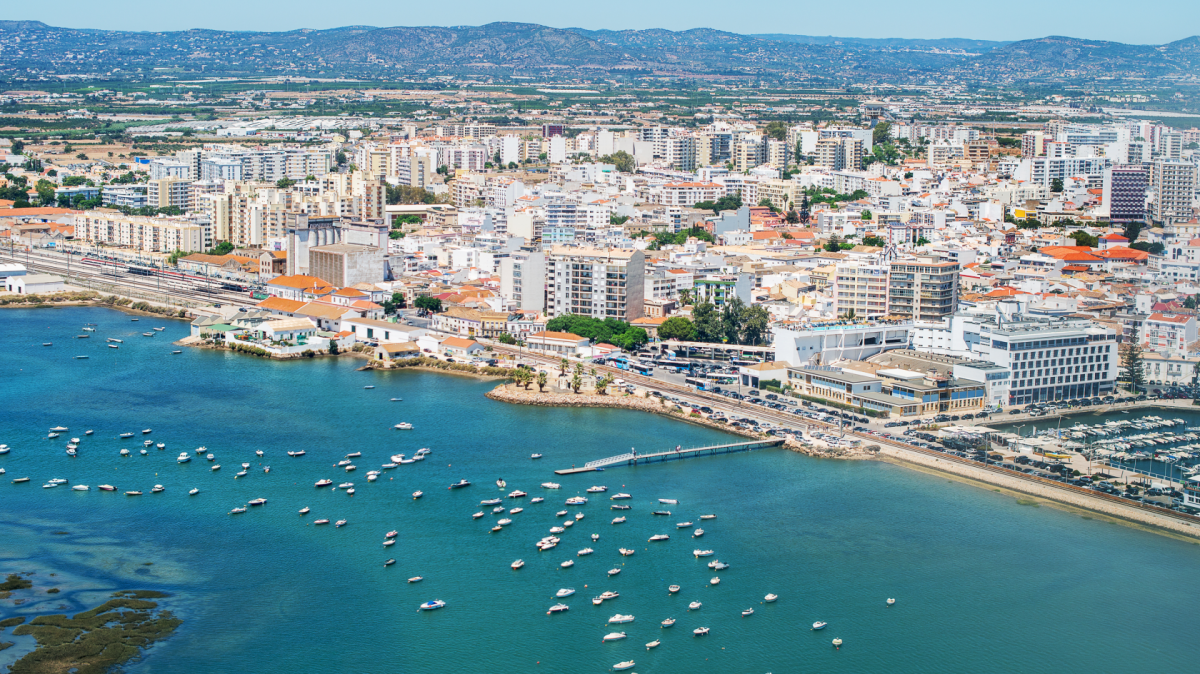The public consultation process, promoted by the Portuguese Environment Agency (APA) and subsequent industrial licensing by the Alentejo Regional Coordination and Development Commission (CCDR), began on Friday and will last until 31 July.
“Within the scope of the public consultation process, all observations and suggestions submitted in writing will be assessed and considered, provided that they are specifically related to the facility under evaluation”, explains the APA, in the notice for this competition.
According to the Non-Technical Summary of the Environmental Impact Study (EIA), consulted by the Lusa news agency, the Madoqua project aims to install two industrial units in the Sines Industrial and Logistics Zone (ZILS), in the Setúbal district.
The objective is to produce renewable hydrogen (H2) and ammonia (NH3), the final product of which will be sent via a dedicated pipeline to the Port of Sines.
According to the EIA, the hydrogen plant will have 500 megawatts (MW) of electrolysis to power the ammonia production unit, which will be transported via pipeline to the Port of Sines, where it will be loaded for export and/or used as marine fuel.
The promoter of the project, classified as of Potential National Interest (PIN), estimates that the construction phase will take place between 2026 and 2027, and production is expected to begin in 2029, with an investment of approximately 2.8 billion euros.
The initiative, whose exploration phase will last 30 years, “will promote economic growth with sustainable activity and will contribute 10 to 15% of the total hydrogen investments planned in Portugal,” the document says.
“The objective of the first development phase is to use a 560 MVA [megavolt-ampere] grid connection to power a set of 460 to 500 MW electrolyzers to produce around 76,000 tons of hydrogen per year,” says the Portuguese-Dutch developer of renewable energy and sustainable infrastructure.
This hydrogen “will be used as a raw material in the ammonia production process, which will have a production capacity of 1,200 metric tons per day, around 438,000 tons of ammonia per year.”
According to the document, the H2 and NH3 production units “do not overlap with any sensitive areas”, while the NH3 pipeline “intercepts critical and very critical areas for water birds, which, although not classified, are of interest for conservation”.
In the area covered, “cork oak specimens were identified, with a special incidence in the factory lots”, and “a survey of the oak species present was carried out”.
In this context, they indicate, the deforestation and clearing operations, as well as the implementation of mitigation and compensation measures, will be the responsibility of AICEP, the entity that manages ZILS and owns the lots, with which Madoqua has a cooperation agreement.
Also, according to the promoter, “the foreseeable interventions that will occur during the construction phase” of the units will have “significant impacts”, but “of reduced magnitude and of little significance”, in terms of several environmental and heritage factors.
In the EIA, the developer acknowledges that the project is close to an inventoried heritage site, such as the Camino de Santiago, and to an area with biodiversity under study.
The developer said that he intends to develop a Flora and Vegetation Monitoring Plan and an Avifauna Monitoring Plan to assess the effect of the installation on the bird community.















